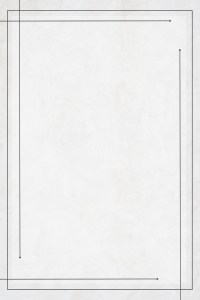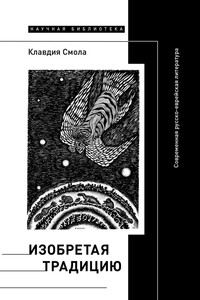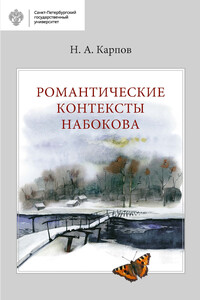Основы английского языка для судовых электриков | страница 36
20. / 3 мин./ Найдите в основном тексте 12 интернациональных слов. Прочтите их вслух и переведите.
21. /30 мин./ Прочтите следующий текст. Письменно озаглавьте каждый абзац. Будьте готовы рассказать: а) в каких уело-, виях Ом открыл свой знаменитый закон; б) что такое электрическое сопротивление; в) какое соотношение открыл Ом; г) что помо-' гает определить этот закон; д) при каком условии можно узнать величину тока, используя уравнение, которым выражен закон Ома.
Ohm’s Law
1. G.Ohm was a German physicist. His discovery of the law in 1827 aroused such bitter antagonism that he lost his position. But years later, he was honored by a professorship in physics at the University of Munich. Ohm stated his law having no reliable voltmeters, ammeters or batteries. He employed thermocouple to generate currents.
2. What is ohm? Every electrical conductor opposes the passage of electric charges through it. This opposition arises because of the moving charges colliding with the atomic nuclei & other particles of the conductor. In so doing, the moving charges give up energy, which appears as heat. According to Ohm’s law, electrical resistance is the ratio of the potential difference to the current for a conductor at a given temperature.
3. One ohm is the resistance of a conductor through which the current is 1 ampere when the potential difference across the ends of the conductor is 1 volt. One ohm equals 1 volt per ampere.
4. This is the well known & fundamental law in electricity which makes it possible to determine the current flowing through a
.circuit when the resistance in the circuit & the potential difference applied to it are known. What Ohm discovered was that the ratio of the potential difference between the ends of a.metallic conductor & the current flowing through the metallic conductor is a constant. The proportionality constant is the electj&fcal resistance. Symbolically, Ohm’s law is often written I - V/R
5. If any two of the three quantities : resistance, current & potential difference are known for a circuit, the third can always be determined by substituting in Ohm’s law.
22. /2 мин./ Внимательно слушая или просматривая следующие пары словосочетаний, записывайте номера, в которые включены идентичные пары слов.
1) make up - make up; 2) walk out - watch out; 3) fine loss -fire loss; 4) hold right - hold tight; 5) fast train - fast train; 6) take time - take nine; 7) small house - small hours; 8) fall down,- call down; 9) talk softly - talk softly; 10) to write back - right back; 11) bus stop - bus top; 12) thick fog - thick fog; 13) short visit - short visit; 14) empty pen - empty pan


